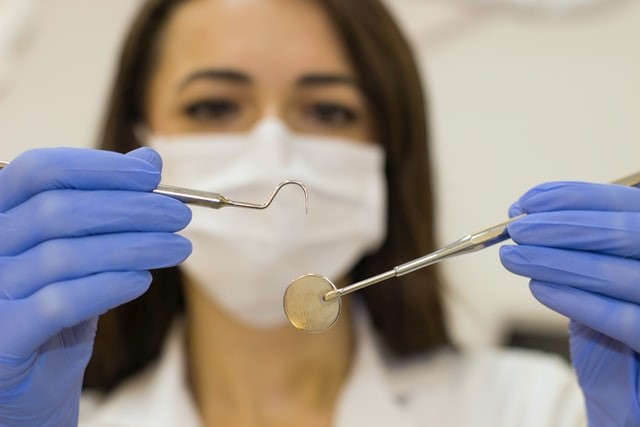Your teeth are more powerful than you can believe. Even fillings are solid and can last for years without causing harm. However, there’s always the possibility that you’ll have a dental emergency.
Broken teeth or fillings can be disturbing because they can occur unexpectedly and with no apparent reason. You may be eating, brushing your teeth, or just feeling something strange in your mouth when suddenly your tooth feels like it has fallen apart or is missing something.
There’s no need to worry if this happens. A broken tooth or filling can be quickly repaired with a visit the dentist near you, although it is disturbing. When a tooth or filling breaks, here’s what you can do.
The Most Common Reasons for a Broken Tooth or Filling
Breaking a tooth necessitates some kind of “trauma.” Although this may sound unpleasant, the following are the most common types of trauma that cause tooth damage:
- Cavities can cause your tooth’s structure to deteriorate.
- Biting down on something hard, like candy, or something suddenly hard, like a bone or gristle in meat.
- Face or mouth trauma, such as being struck in the face while playing sports or being in a car accident
- Grinding your teeth, also known as “bruxism,” can wear down your teeth and cause damage such as cracks and breaks due to poor dental hygiene.
It’s essential to maintain a regular dental hygiene routine because all of these problems can be avoided with good dental treatment.
What is a Broken Filling?
If we discover a broken filling, it is likely deteriorating due to age. On the surface, a filling may appear to be in good condition, but there may be problems beneath the surface that have caused the filling to weaken. If decay develops beneath a filling, the filling can loosen. This is normal in older fillings, and it can eventually result in a fracture.
Broken Teeth and Fillings: Popular Restorative Options
When a tooth or filling breaks, the following are the most popular restorative options:
1. Polish
If your tooth has just a crack rather than a break, your dentist will usually simply polish the area, and you’ll be good to go.
2. Filling
As long as your tooth’s quality has not been damaged, you can only need a filling or filling replacement to fix your tooth.
3.Inlay or Onlay
A dental inlay or onlay may be required if the tooth has been damaged but is still mostly intact. An inlay is a type of “plug” used to fill larger cavities or repair damaged teeth. It is made to match the shape of the area that needs to be filled. An onlay is used when the front surface of the tooth is fully broken off. This restoration is similar to a partial crown in that it covers the portion of the tooth surface that is missing.
4.Crown
Your dentist near you would most likely prescribe a porcelain crown if the tooth is badly damaged but the root is still intact. The crown serves as a temporary tooth, fully encasing the remaining tooth and protecting the base.
Why Do You Need an Immediate Repair?
The longer you leave your damaged tooth exposed, the more bacteria and food particles have a chance to cause more harm. This can lead to infection more quickly than you expect, causing significant pain in your tooth.
You will need a root canal if the infection has spread deep into your tooth. You will have your tooth repaired before something worse happens if you solve the problem right away. It can also influence the appearance of your smile if there is a visible split!
Finally, when dental fillings fall out or break, it’s a medical emergency that necessitates urgent dental attention. So, make sure to visit dentists near you to get it repaired immediately.

